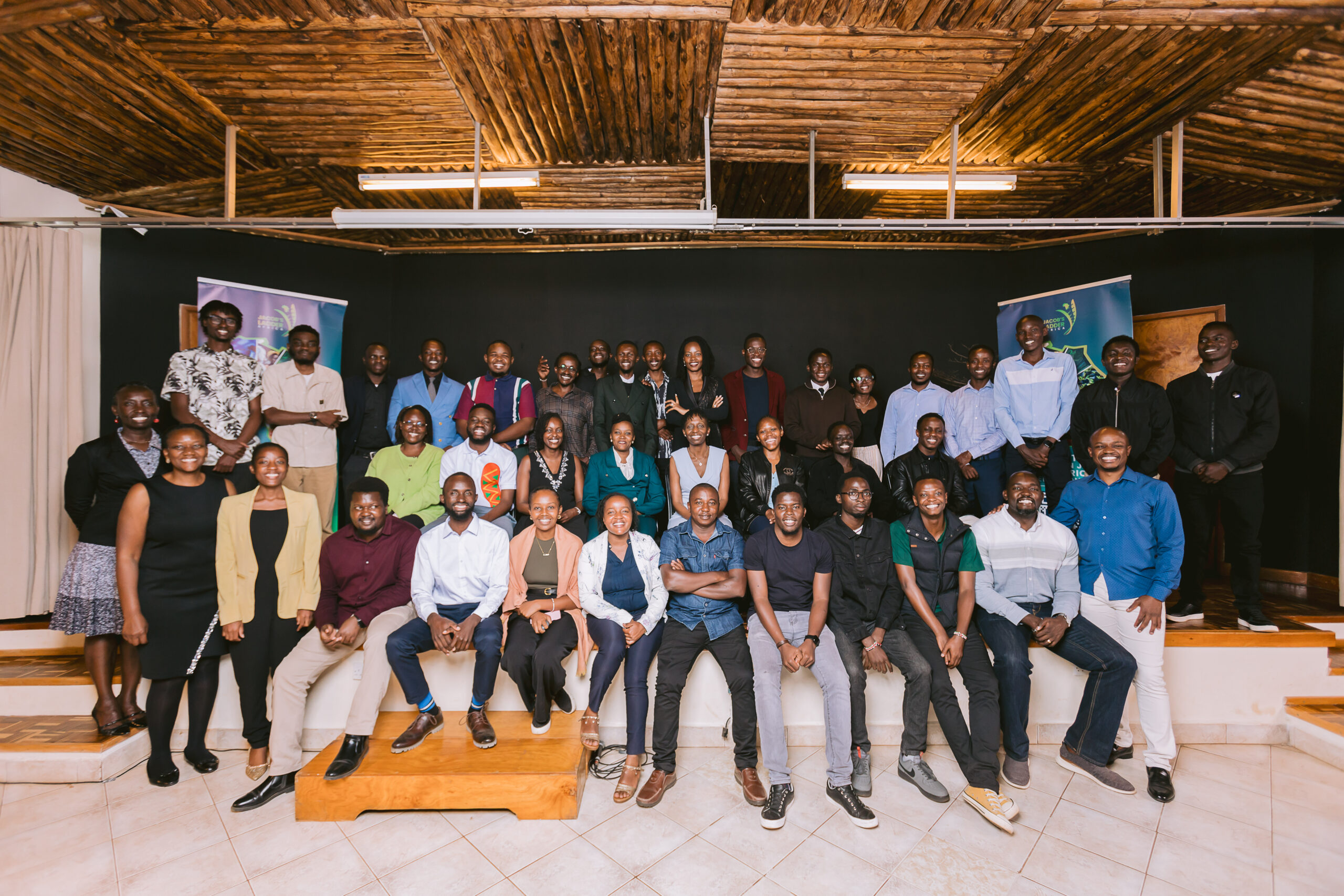As the world races to meet climate goals, trillions of dollars are being mobilized globally for mitigation and adaptation measures. Yet Sub Saharan African countries remain on the sidelines of this financial revolution, not because their needs are unclear, but because they are perceived as “unlendable”. The challenge is not a lack of demand for climate finance, but rather the structural and systemic barriers that prevent Sub Saharan African countries from attracting and absorbing these critical resources.
Understanding Africa’s “Unlendability” Trap
Many African countries face high debt burdens, low credit ratings, and limited fiscal space. 53% of IDA-eligible countries in the region are at high risk or already in debt distress (World Bank, 2024 ). Additionally, Africa receives only about 3% of global climate finance flows, despite being home to 14% of the world’s population and among the most climate-vulnerable regions (African Development Bank, 2018 ). These indicators often deter international financiers despite Africa already paying the price for a crisis we did little to create.
The African Development Bank estimates the continent loses up to 15% of its GDP annually to climate change related impacts (African Development Bank, 2022 ). Ironically, the very risks that justify urgent climate investment are what make finance hardest to access. To break this positive feedback loop, we must rethink the fundamentals of what makes a country “lendable” in the climate finance landscape.
- Rethink Risk: From Perceived Risk to Real Opportunity
The first step is challenging the dominant risk narrative where African countries are often lumped together in global risk assessments, ignoring local context and nuance, deterring investment. Concessional and blended finance can play a catalytic role in de-risking climate investments. African countries can lean on multilateral development banks who should scale up the use of guarantees, first-loss capital, and technical assistance grants to make African projects more bankable. In 2020, only 14% of the $8.4 billion in private climate finance mobilized via blended finance reached Africa (OECD, 2022 ). On the other hand, strategic use of public funds—through guarantees, concessional loans, and first-loss capital—can de-risk high-impact sectors like agriculture and energy. Global Commission on Adaptation estimates that each $1 invested in adaptation through high impact sectors yields $2–$10 in benefits (2019 ). While derisking works, donors and development banks must invest in better country-specific risk assessments that account for climate vulnerability, institutional readiness, and track records of implementation.
- Reevaluate The Gross Domestic Product (GDP) of Africa
Current credit scoring systems were not designed with African realities in mind. These systems often rely on formal financial data and overlook the continent’s vast informal economy and ecological wealth. While natural capital contributes significantly to Africa’s economy—accounting for up to 47% of the wealth in low-income countries according to the World Bank (2018 ), it is rarely reflected in GDP or credit assessments. The 2023 Nairobi Declaration called for a paradigm shift to unlock new sources of African wealth through the proper valuation of natural capital and ecosystem services, such as the Congo Basin’s forests, which sequester 1.2 billion tonnes of CO₂ annually (UNEP, 2022 ). To realize this vision, countries must adopt natural resource accounting systems and establish national accounting standards that integrate ecological assets into economic planning and financial risk models.
- Strengthen Public Financial Management systems and Capacities
Many African countries are still not factoring climate risks into their decision-making processes and lack the capacity to plan, budget, and monitor climate interventions with transparency and accountability. Strengthening public financial management systems is key to making African nations “lendable” and unlocking climate finance. To achieve this, countries must first understand how their domestic budgets contribute to climate finance and generate the data needed for accurate assessments at both national and subnational levels. Additionally, integrating climate risks into national public financial management systems is essential, using tools like Climate Public Expenditure and Institutional Reviews (CPEIRs) and climate budget tagging (CBT) at the activity level. These tools have proven effective in attracting climate finance, and establishing Climate Medium Term Expenditure Frameworks (MTEFs) will further solidify these efforts. For example, Morocco’s successful implementation of CPEIR has enhanced its climate governance and attracted climate finance from the Green Climate Fund (GCF) and other sources for projects in water resource management and sustainable agriculture, demonstrating the effectiveness of these approaches.
- Boost Political Will and leverage Regional Platforms
Strong political will and strategic regional collaboration are key to unlocking climate finance at scale in Africa. Country ownership must be at the heart of climate financing architecture; governments must lead in aligning climate action with national development plans and ensuring continuity across political cycles. Rwanda’s Green Fund (FONERWA), for example, stands out for its robust alignment with national priorities and transparent project screening, attracting climate investments and enabling effective implementation. At the regional level, Africa need not reinvent the wheel. Sub-regional development banks and platforms already possess creditworthiness and technical capacity that can be leveraged for pooled access to capital markets. Initiatives such as the African Development Bank’s Climate Action Window and the Africa Adaptation Acceleration Program, which together aim to mobilize over $25 billion, demonstrate the power of pooled resources and coordinated action. Scaling such efforts while reinforcing national leadership can drive the continent toward resilient and inclusive climate finance solutions.
Conclusion: Making Climate Finance Work for Africa
African countries are not “unlendable”; the systems are not designed to reflect African realities. If we are truly committed to climate justice, we must rewire the climate finance system to enable access for African countries who bear the brunt of climate impact. With the right support, structures, and strategies; Africa can and must transform from merely “lendable”, but “investable”.






